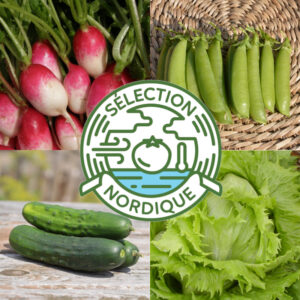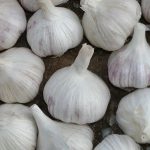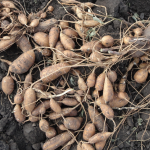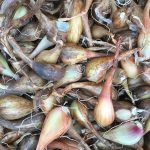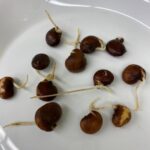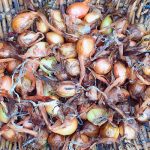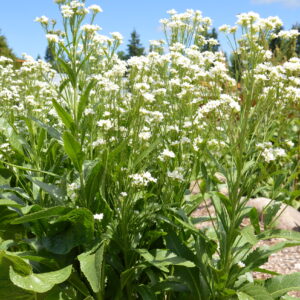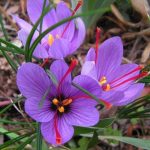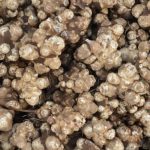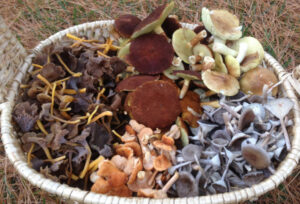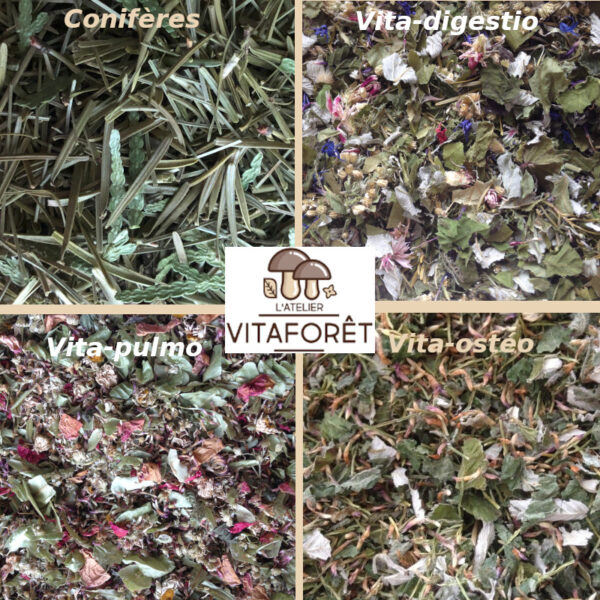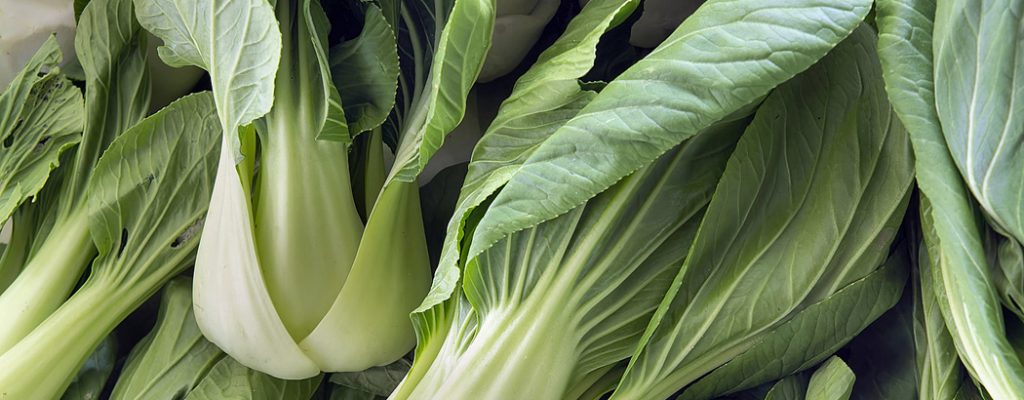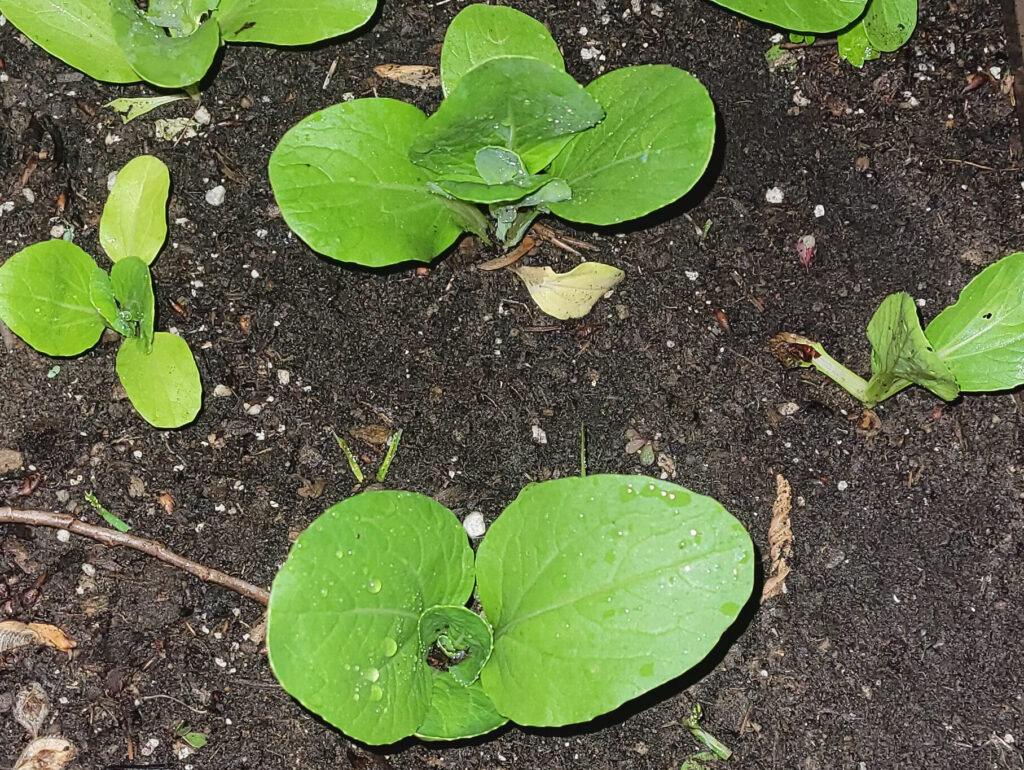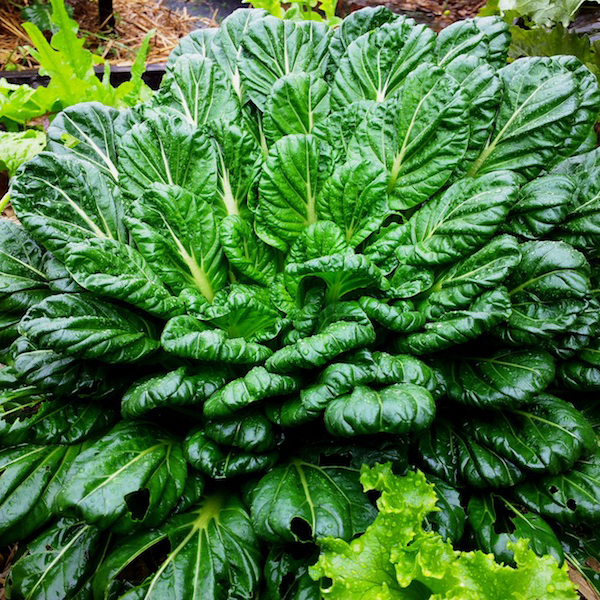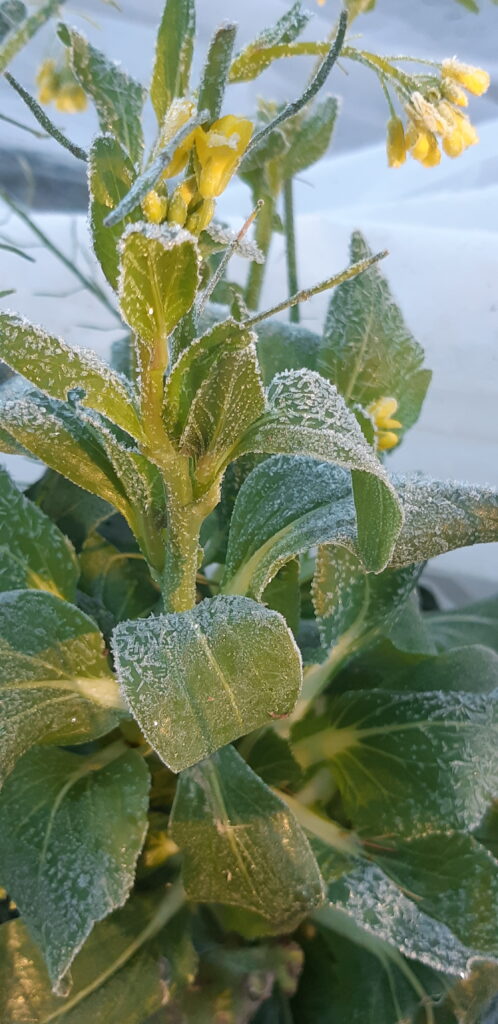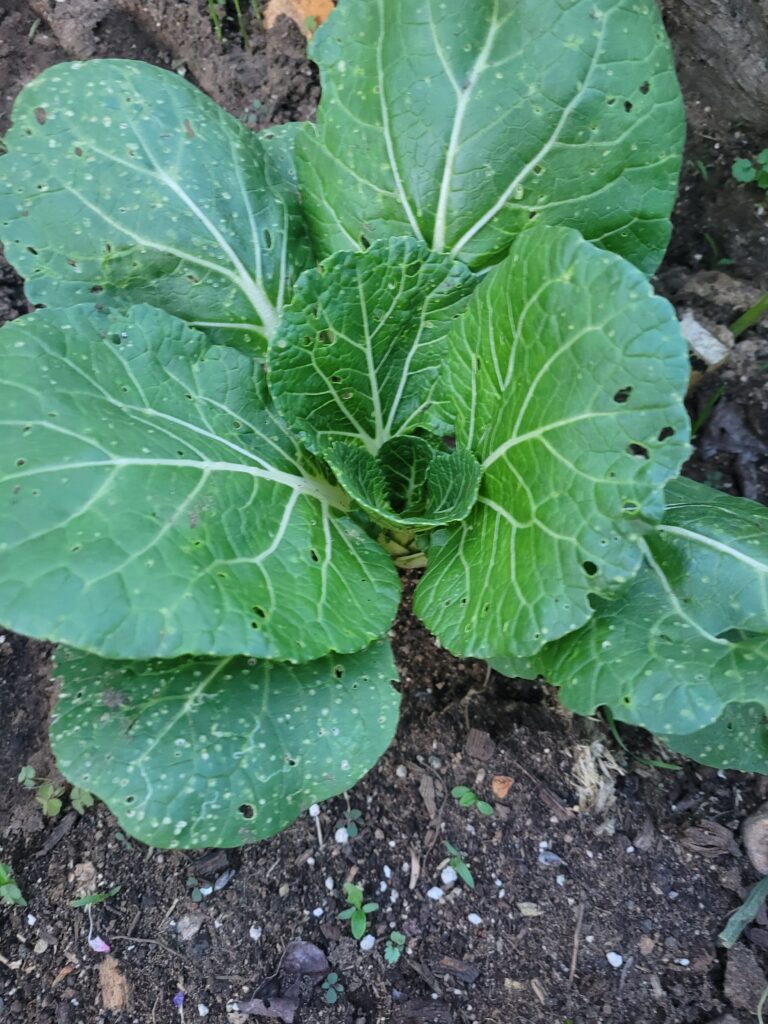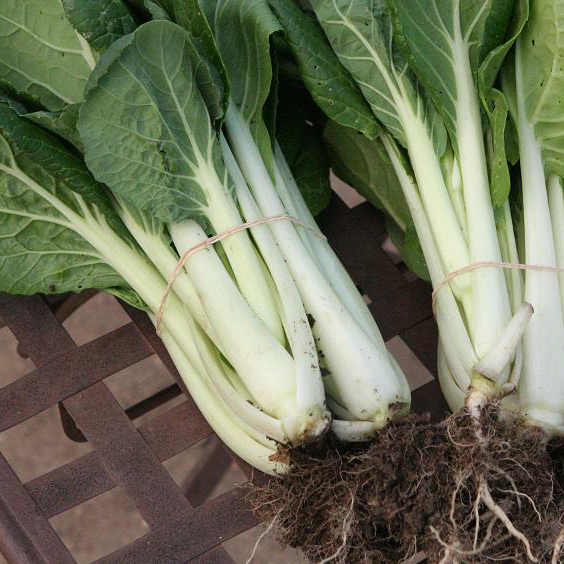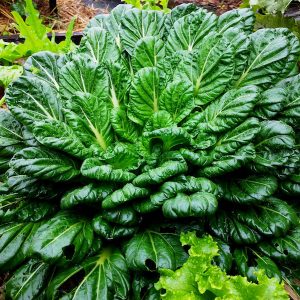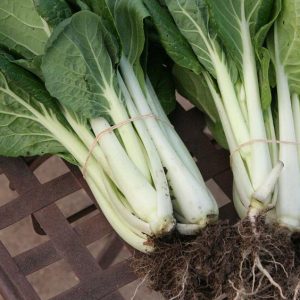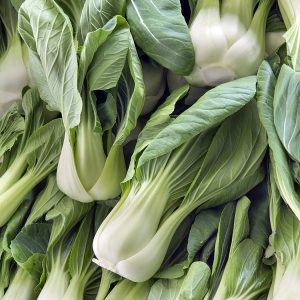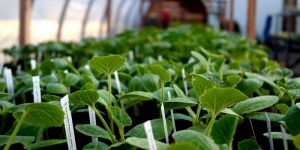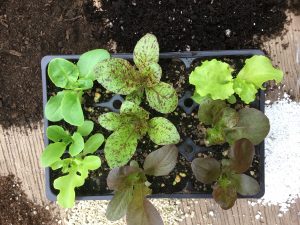Ribbed Chinese cabbages
Whether we call them bok choys or bok choys, as well as tatsois, they would have been developed from the 5e century in India in Bangladesh, riding a Burma and in the south of China. These are plants with wide, white petioles. They can be with fleshy white petioles, with thin white petioles, with flowers, with flat flowers and with flowers of Shanghai.
The bok choy petioles, both juicy and crunchy, have a mild taste. The leaves have a less pronounced taste than head cabbage.
Headed Chinese cabbages
Known as pe-tsaïs or ta pe tsaïs, they were obtained in northern China, the Korean peninsula and Japan. These are oblong headed cabbages, resembling romaine lettuce, with very pale green to white leaves. Since the 19e century, the Japanese became the world leaders in this vegetable. These cabbages began to be grown in North America during the 1800s as a curiosity. On the other hand, it was not until around 1903 that Parisian grain merchants became interested in it. The headed Chinese cabbages therefore only arrive late on our plates.
Since Chinese head cabbages have a very light taste, they are often cooked with spicy sauces to enhance the flavor.
Chinese cabbages at the Jardins de l’écoumène
Our team has selected 3 varieties adapted to the Quebec climate.
Le Chinese cabbage bok choy Prize bears beautiful white stems with a sweet and pleasant flavor. The leaves are dark green. We harvest 50 days after sowing.
Le Chinese cabbage bok choy Shanghai produces broad, short, white stems and dark green leaves. The texture of the petioles is tender and their flavor is mild. The harvest is done after 45 days.
Le Tatsoi Chinese cabbage differs from bok choy. It forms a rosette of glossy, dark green leaves supported by narrow white petioles. The first soft, tender leaves can be harvested after 21 days to be eaten in salads. The plant is mature after 45 days.
Family portrait
Bok choy are annual leafy vegetables that require full sun and loose, well-draining soil. These are moderately thirsty plants (see Grouping plants together to simplify their fertilization) and moderately thirsty. They can be grown in the ground, in containers or vertically for the smallest varieties. Plants are ready to harvest 30 to 50 days after sowing. Although they have the advantage of growing quickly, these cabbages have the drawback of going to seed at the first heat. However, there is a way to get around this.
They are multiplied by sowing
In spring, sow directly in the vegetable garden when the soil has reached at least 15ºC. After adding a little compost, sow broadcast or in a row and cover the seeds with about 1 cm of potting soil. If we ensure that the soil remains well moistened, emergence takes place after 3 to 7 days. When the plants have developed 2 true leaves, thin out so as to leave 25 to 30 cm between the plants. These dimensions may vary depending on the varieties.
Too high temperatures and poor watering can cause early production of flower stems.
Multiply seedlings
These leafy vegetables do not tolerate extreme heat; in the southernmost regions of Quebec, they are sown outside of hot periods. In addition to sowing early in spring, late sowing can be done. Around the beginning of August in southern Quebec we can start new sowing. In addition to sowing early in spring, late sowing can be done. Around the beginning of August in southern Quebec we can start new sowing.
For varieties that mature quickly, i.e. 30 to 35 days, you can even do several sowings, depending on the date of the first frosts. For the others, we calculate the number of days remaining before sowing and we adapt the sowing date. Bok choys are particularly suitable for gardening in regions of Quebec with cool summers. Several successive sowings can be made there.
Using a cover against the cold, a floating cover or a mini-tunnel, you can extend the cultivation of these plants which do not fear cool temperatures.
Photo credit: Érika Dionne, Chinese cabbage plant under floating cover after a night of frost.
Easy maintenance
For long-maturing varieties, we provide fertilizer natural 1 to 2 times. For varieties that mature quickly, one time is enough. As these plants fear both drought and excess water, we carry out regular watering.
The main parasite is flea beetles. The adults bore numerous small round holes in the newly opened leaves. The holes become larger as the leaves develop. A problem that makes the leaves unsightly, but leaves them perfectly edible. To reduce its presence, you can also use a insect net or spray black soap.
In the fall, removing the leaves of plants attacked by flea beetles from the vegetable garden can reduce their survival during the winter.
The harvests!
You can start picking the young leaves located outside the plant 2 to 3 weeks after sowing for early varieties. Harvested in the morning, the ribs are full of water and more flavorful. The entire plant is harvested by cutting it completely at ground level.
.




